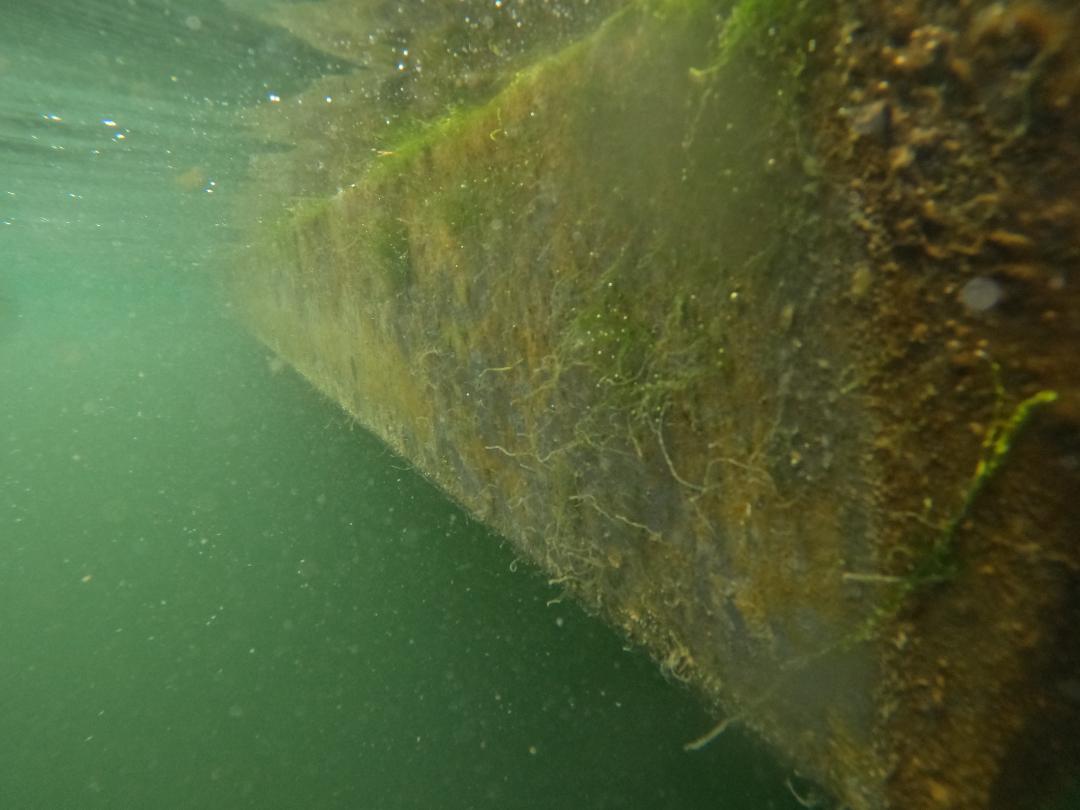Keeping your hull clean isn't just about aesthetics; it plays a critical role in fuel efficiency, vessel speed, and long-term maintenance costs. Algae growth is a natural part of the marine environment, but when left unchecked, it can quickly evolve from a thin film into a serious performance and maintenance issue. Here’s what you need to know.
Types of Algae That Grow on Boats
- Green Algae (Chlorophyta)
Appearance: Bright green, hair-like or slimy.
Common Examples: Ulva (sea lettuce), Cladophora.
Environment: Shallow, sunlit, nutrient-rich waters. - Brown Algae (Phaeophyceae)
Appearance: Brown or olive-colored; often with leathery or bushy texture.
Common Examples: Ectocarpus, Fucus.
Environment: Cool, nutrient-rich coastal areas. - Red Algae (Rhodophyta)
Appearance: Reddish-purple, filamentous.
Common Examples: Polysiphonia, Ceramium.
Environment: Can grow deeper than green or brown algae. - Blue-Green Algae (Cyanobacteria)
Appearance: Slimy, green-blue mat or film.
Risks: Can be toxic and reduce oxygen around the hull. - Diatoms
Appearance: Microscopic brownish film; often part of early slime layer.
Role: Foundational part of marine biofilm.
How Fast Does Algae Grow?
- Biofilm (slime layer) can form within 24–48 hours.
- Visible green and brown algae may begin appearing within 1–3 weeks, depending on conditions.
- In warm, nutrient-rich water with direct sunlight, algae can grow 6–8 inches in 6–7 weeks, especially if the boat remains stationary.
Growth is most rapid in late spring through early fall, especially in areas like Puget Sound where nutrient-rich runoff and long daylight hours fuel photosynthesis.
Maintenance Schedule for Hull Cleaning (Puget Sound Area)
- Summer (May–September): Every 3–4 weeks
- Fall & Spring (October, April): Every 5–6 weeks
- Winter (November–March): Every 8–10 weeks
Why Regular Hull Cleaning Matters
- Fuel Efficiency: Even a thin slime layer can reduce efficiency by 10% or more.
- Paint Longevity: Keeps antifouling paint functional and effective.
- Speed & Handling: Fouling slows boats by 1–2 knots and can affect maneuverability.
- Hard Growth Prevention: Early cleaning prevents barnacle and mussel settlement.
- Environmental Responsibility: Reduces invasive species spread and protects local ecosystems.
Visual Examples of Growth Stages
- Early-stage biofilm: Light brown, slippery coating.
- Moderate algae: 1–3 inch green or brown tufts.
- Heavy growth: 6–8 inch strands, often combined with barnacles and other fouling.
(Visual aids available via in-water photos provided by our dive team.)
Final Thoughts
Routine hull cleaning is not a luxury—it's a necessity for boat owners in the Pacific Northwest. If you're seeing long strands of algae after 6 weeks, you're not alone. It’s normal for our region, and it's one of the reasons why Dave's Dive Services offers a proactive maintenance plan to help owners stay ahead of fouling and unnecessary fuel costs.
(photo is of 3-4 weeks of algae growth in early spring)
Interested in scheduling a cleaning? Contact us today and let our experienced divers take care of the hassle below the waterline.
